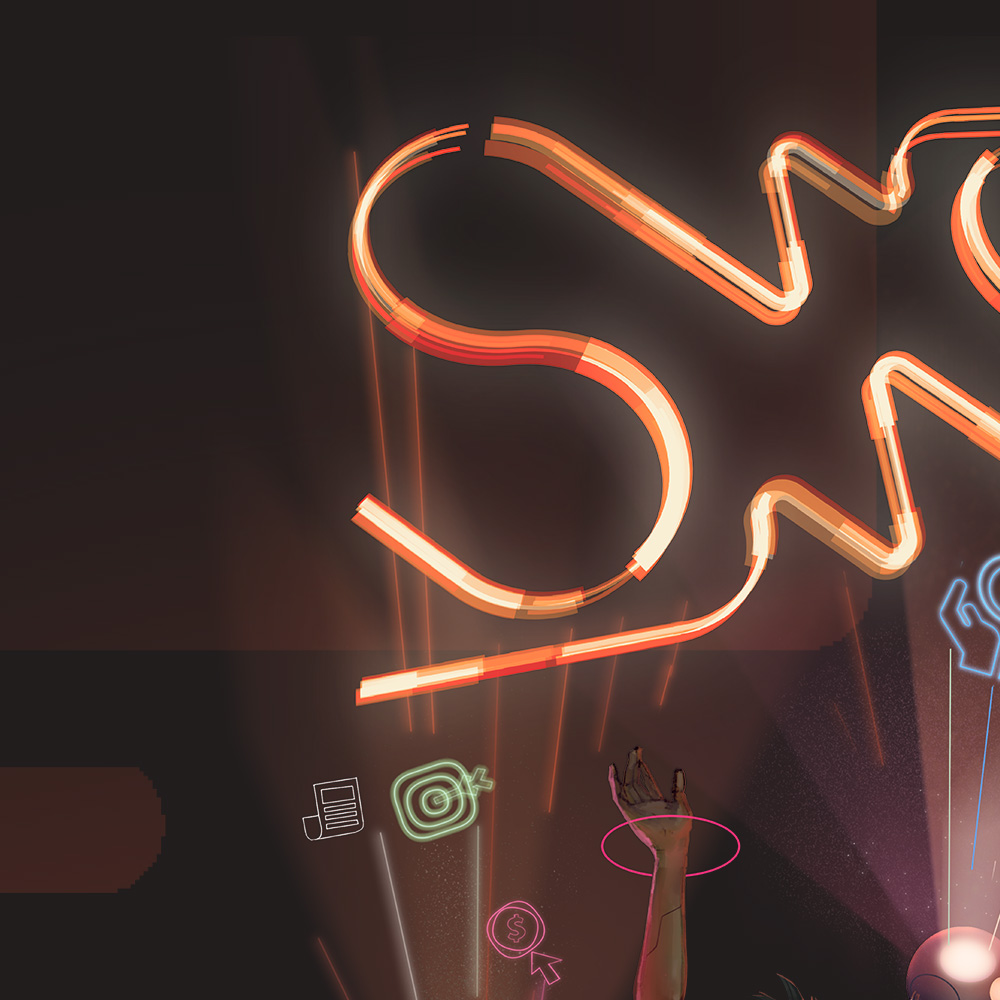Navigating the SaaS Security Frontier: Risks, Realities, and Resilience in 2025


The SaaS revolution is in full swing as 2025 unfolds, powering businesses with unmatched flexibility. Collaboration platforms, CRMs, and analytics tools are now staples, driving efficiency across industries. Yet, beneath the convenience lies a rugged frontier—every subscription opens a door, and not all are locked tight. In a year where cloud reliance is absolute, securing these tools is a high-stakes mission. The risks are real, the realities are sobering, and resilience is non-negotiable. Here’s how organizations are charting this wild terrain and coming out stronger.
A Frontier Fraught with Danger
SaaS is a hacker’s playground. Misconfigured settings—like a public file share or an over-permissive API—can spill sensitive data faster than you can say “cloud breach.” Last year’s 25% spike in SaaS-related incidents wasn’t a fluke; it was a wake-up call. Shadow IT compounds the chaos—employees spin up unapproved apps, from project trackers to video tools, leaving IT in the dark. Then there’s the threat evolution: AI-generated phishing mimics trusted voices, while ransomware locks down workflows, demanding seven-figure ransoms.
Regulators are circling too. The EU’s DORA, now enforced, demands oversight of cloud dependencies, and U.S. privacy laws like CCPA’s updates aren’t far behind. Enter SaaS security risks assessment. This isn’t a buzzword—it’s a disciplined approach, offering checklists and templates to expose weak spots. Whether it’s an unencrypted database or a vendor’s shaky controls, it maps the risks methodically. In 2025, skipping this step isn’t bold—it’s reckless.
The Cold, Hard Truth
SaaS security isn’t tech trivia—it’s a boardroom issue. The core of every business should to know is simple: you’re on the hook, not the vendor. Their “enterprise-grade security” pitch sounds great until a flaw—like a skipped patch—lands you in hot water. Surveys show 40% of companies can’t name every SaaS app they use, a gap that’s less oversight and more Russian roulette. That marketing tool your team loves? It might be quietly funneling data to a third party, and you’ll wear the fallout.
Humans are the wildcard. A rushed “accept” on permissions can grant an app access to emails, financials, even HR records. Picture a sales rep tweaking a CRM that leaks client contacts—or a finance tool exposing payroll to a phishing net. In 2025, this isn’t a minor oops; it’s a headline waiting to happen. Regulators don’t buy “we didn’t know” anymore, and neither do customers. Facing these truths head-on is the difference between thriving and tanking.
Signs of Progress
The frontier’s not all doom—SaaS is improving. Vendors are waking up, pushed by client pressure and legal mandates. Encryption’s beefier, with AES-256 becoming standard, and zero-trust models—like verifying every login, every time—are cutting unauthorized access by half, per recent data. Governance is maturing too: SSO and MFA are ubiquitous, while audit logs give a clearer trail of who did what. Even niche providers are stepping up, knowing a single breach could sink them.
But progress has a shadow. AI’s a boon and a bane—its anomaly detection spots odd logins, yet it’s also crafting deepfake credentials that fool MFA. Malware’s getting smarter, targeting SaaS backups with surgical precision. The improvements are real, but 2025 demands vigilance, not complacency. Companies that harness these advances—think automated governance or real-time alerts—stay ahead; those that coast get caught flat-footed.
Forging Resilience
Conquering this frontier takes grit and smarts. First, get eyes on everything. Inventory your SaaS stack—every app, every user, even that free trial from six months ago. Audit them ruthlessly, sniffing out over-permissions or dormant accounts ripe for exploit. Lockdown starts with basics: enforce SSO across the board and mandate MFA, no exceptions. Vendors love to tout security—don’t swallow it whole; demand third-party validations or penetration test results.
Education’s your shield. Train staff to question—why does this app need my inbox? Run drills: simulate a phishing hit and watch who bites. Tech backs this up—deploy monitoring that flags anomalies, like a sudden file dump at 3 a.m. In 2025, resilience means anticipation. AI-driven tools can predict risks—a vendor’s uptime dips hinting at trouble—giving you time to brace. It’s not about reacting; it’s about outmaneuvering.
The Path Forward
SaaS isn’t a trend—it’s the spine of 2025’s operations. But every tool you lean on is a risk you carry. Navigating this frontier means staring down the threats, embracing the upgrades, and forging a resilience that endures. The companies that nail this don’t just dodge disasters—they redefine strength, turning SaaS into an asset, not a liability. The cloud’s wild west is here—stake your claim or get swept away.
Success in this landscape demands a proactive mindset. Businesses must go beyond reactive security measures, embedding automation, AI-driven risk analysis, and real-time monitoring into their SaaS ecosystems. Compliance frameworks are evolving just as fast as threats, making continuous compliance—not annual checklists—the new standard. Collaboration across security, IT, and procurement teams is no longer optional; vendor risk management must be an integrated effort. Organizations that master these shifts will thrive, wielding SaaS as a competitive advantage rather than a weak link. The future belongs to those who see security not as a burden, but as the foundation of long-term innovation and growth.
Find a B2B SaaS Expert
We've collected a directory of B2B SaaS experts and agencies that we've reviewed and categorised based on service and specialism for your review.








